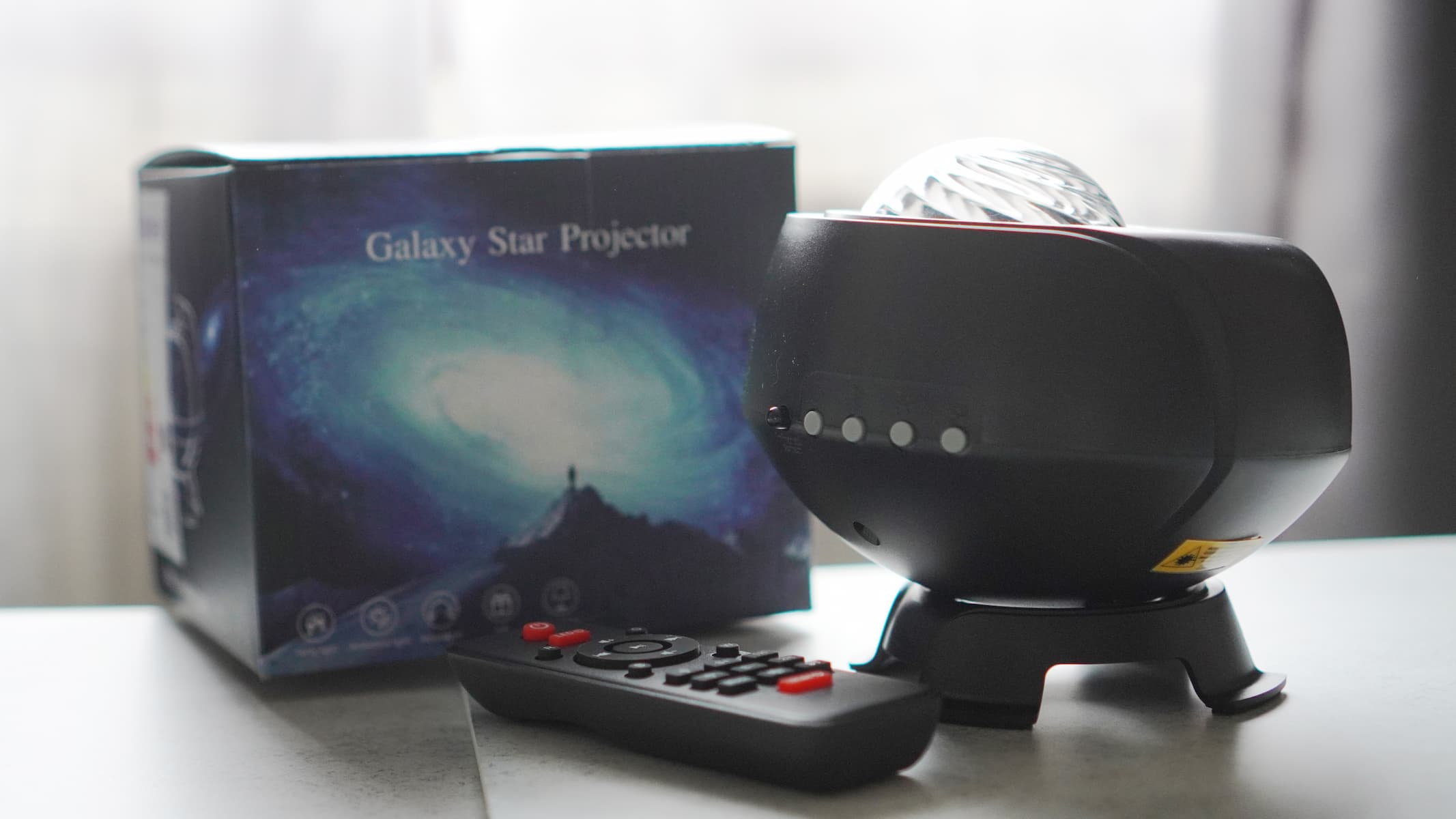
NASA continues to lay out its crewed moon plans.
The space agency has ordered three more Orion crew capsules from aerospace giant Lockheed Martin, in a deal worth $1.99 billion. The spacecraft will be used for NASA's Artemis moon program — specifically, Artemis missions six through eight.
"Lockheed Martin is honored to partner with NASA to deliver Orion spacecraft for NASA's Artemis missions," Lisa Callahan, vice president and general manager for commercial civil space at Lockheed Martin, said in a statement on Thursday (Oct. 20). "This order includes spacecraft, mission planning and support and takes us into the 2030s."
Related: NASA's Artemis 1 moon mission: Live updates
More: 10 wild facts about the Artemis 1 moon mission
Artemis aims to establish a sustainable human presence on and around the moon by the end of the 2020s. NASA plans to use the lessons learned through the program to help get astronauts to Mars by the late 2030s or early 2040s.
Orion is a key piece of the Artemis infrastructure, along with the Space Launch System (SLS) megarocket and Gateway, a small space station NASA plans to build in lunar orbit over the next few years.
The first mission in the program, Artemis 1, is scheduled to launch in mid-November from NASA's Kennedy Space Center in Florida. It will send an uncrewed Orion on a long journey to lunar orbit and back. Artemis 1 will be the first mission for the SLS and the second for Orion, which aced a short test flight to Earth orbit in 2014.
Get the Space.com Newsletter
Breaking space news, the latest updates on rocket launches, skywatching events and more!
If all goes according to plan, Artemis 2 will launch astronauts around the moon in 2024 and Artemis 3 will put boots down near the lunar south pole a year or so later.
Missions six through eight — the flights the newly order Orions will service — will likely to occur in the late 2020s to early 2030s, when the Artemis program is relatively mature.
NASA made the new Orion order via the Orion Production and Operations Contract, "an indefinite-delivery, indefinite-quantity (IDIQ) contract for up to 12 vehicles," Lockheed Martin representatives wrote in the same statement. (Lockheed Martin is the prime contractor for the Orion program.)
NASA previously ordered three Orion capsules via this contract in 2019. The agency could therefore order six more in the future if it so chooses.
Together, NASA and Lockheed Martin have reduced Orion costs significantly over the years. The spacecraft built for Artemis missions three through five are 50% cheaper than those put together during Orion's design and development stage, Lockheed Martin representatives said. The three newly ordered capsules will be 30% cheaper still.
"We're achieving substantial cost savings from Artemis 3 through Artemis 8 by extensive structure and system reuse and incorporating advanced digital design and manufacturing processes," Tonya Ladwig, Orion vice president and program manager at Lockheed Martin Space, said in the same statement.
"The Artemis 2 vehicle will reuse select avionics from the Artemis 1 crew module, and that reuse will continue to dramatically increase to where the Artemis 3 pressure vessel capsule will be entirely refurbished for the Artemis 6 mission," Ladwig added.
Mike Wall is the author of "Out There" (Grand Central Publishing, 2018; illustrated by Karl Tate), a book about the search for alien life. Follow him on Twitter @michaeldwall. Follow us on Twitter @Spacedotcom or on Facebook.
Join our Space Forums to keep talking space on the latest missions, night sky and more! And if you have a news tip, correction or comment, let us know at: community@space.com.

Michael Wall is a Senior Space Writer with Space.com and joined the team in 2010. He primarily covers exoplanets, spaceflight and military space, but has been known to dabble in the space art beat. His book about the search for alien life, "Out There," was published on Nov. 13, 2018. Before becoming a science writer, Michael worked as a herpetologist and wildlife biologist. He has a Ph.D. in evolutionary biology from the University of Sydney, Australia, a bachelor's degree from the University of Arizona, and a graduate certificate in science writing from the University of California, Santa Cruz. To find out what his latest project is, you can follow Michael on Twitter.
